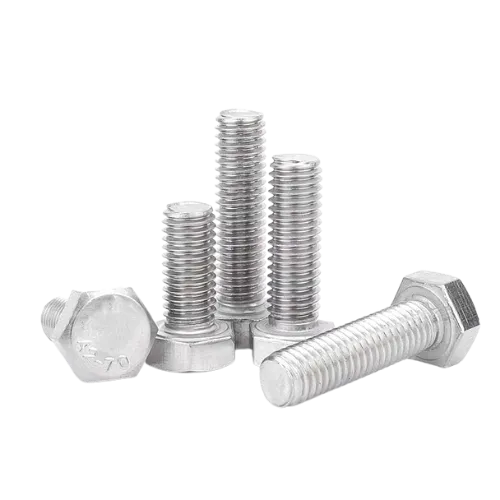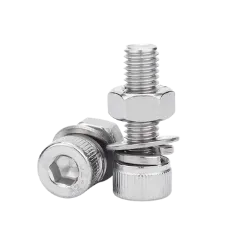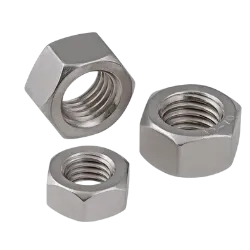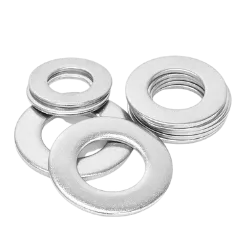Causes and Prevention Of Stainless Steel Bolts Seizing
Causes and prevention of stainless steel bolts seizing, which is a factor that must be taken into account in the design of the fastening top head. Seizing situation occurs, one will affect the progress of the project, the other is to scrap the whole set of major accessories.
Stainless steel bolts and nuts installed for use, in the nut when screwed into the bolt, produce a jamming situation, that is, can not be installed into the nut in place, also can not be withdrawn from the nut, this situation we call stainless steel screws and nuts cold welding, also known as the seizing
Why stainless steel fasteners sometimes have the problem of seizing, and in the use of carbon steel fasteners do not often occur similar phenomena, is not stainless steel fasteners material is softer, carbon steel fasteners are relatively hard reasons?
Stainless steel and carbon steel have essential differences. Stainless steel has better ductility, but its hardness and carbon steel have a certain gap. Austenitic stainless steel grade 316 head standard A4-80 hardness can actually only reach the equivalent of carbon steel hardness level of 8.8.
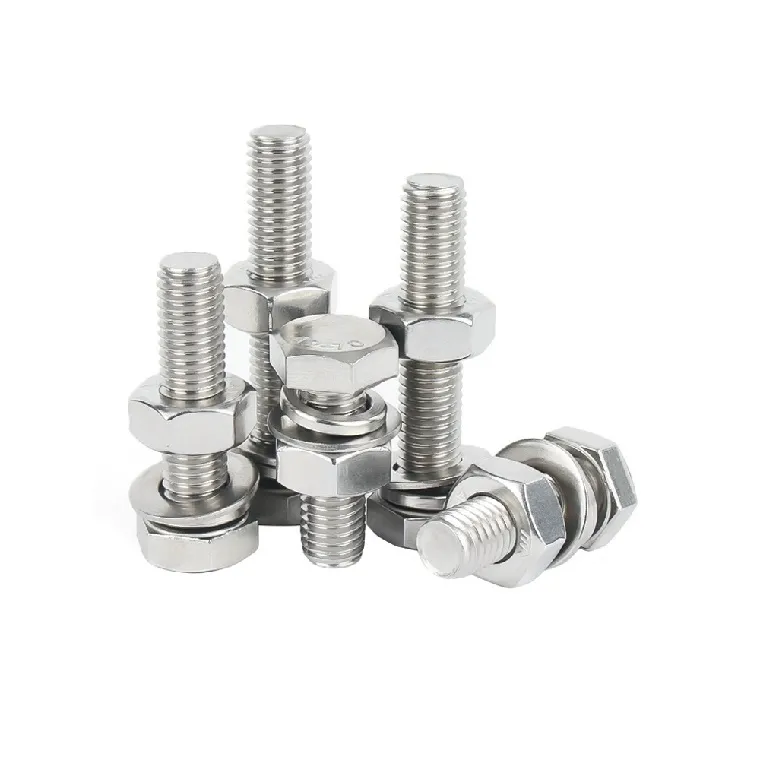
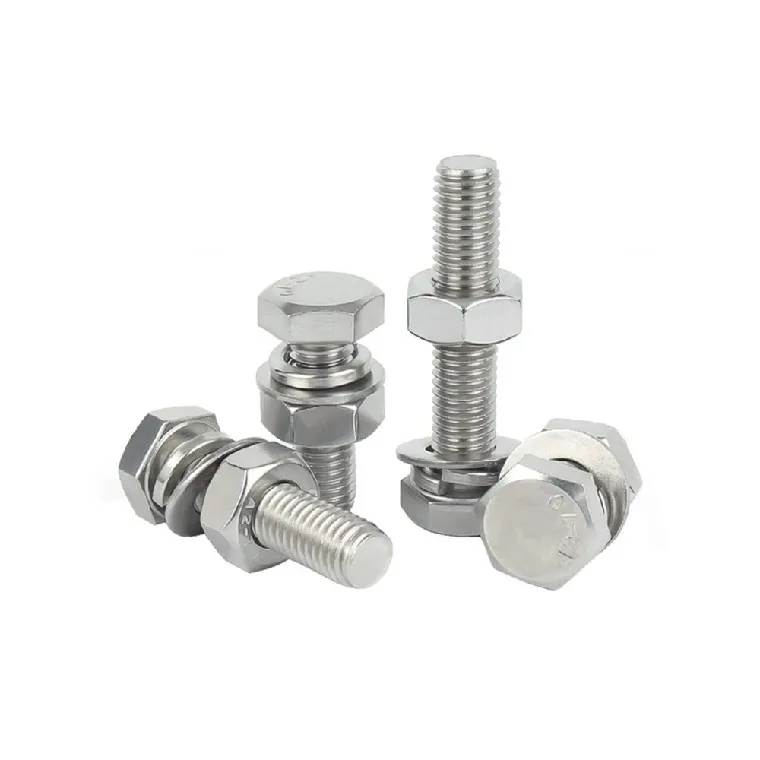
Causes Of Stainless Steel Bolts Seizing
Thread seizing is a common problem with stainless steel bolt fasteners. Especially the same material grade of stainless steel screws and nuts regularly occur in this galling, such as the installation of 304 stainless steel bolts and 304 stainless steel nuts, or 316 stainless steel bolts and 316 stainless steel nuts.
Stainless Steel Bolts seizing similar to a cold welding process, the main reason is the fastener assembly / lock into the speed, friction, resulting in instantaneous high temperature to the metal fusion and adhesion phenomenon.
The main reason is that stainless steel bolts contain more nickel, so the material is tough and sticky, especially the same material manufactured bolts and nuts, easy to gall.
Seizing (Thread Galling, or cold welding) often occurs in stainless steel, aluminium alloys and titanium alloys made of fasteners, these types of metal alloys themselves have anti-corrosion properties, will be in the surface damage, the metal surface to produce a thin layer of oxidation (in the case of austenitic stainless steel, that is, chromium oxide) to prevent further deeper corrosion.
When the stainless steel fasteners are fixed, the pressure and heat generated between the teeth will destroy and erase the chromium oxide layer between them, making the metal teeth directly blocking / shear, and then the phenomenon of adhesion.
When the phenomenon of adhesion continues to occur (usually no more than one full circle diameter), will make the stainless steel fasteners completely seized, can no longer be removed or installed.
just a few seconds. Therefore, understanding the characteristics of stainless steel products and follow the correct operating procedures are the first step to prevent the seizing of stainless steel fasteners.
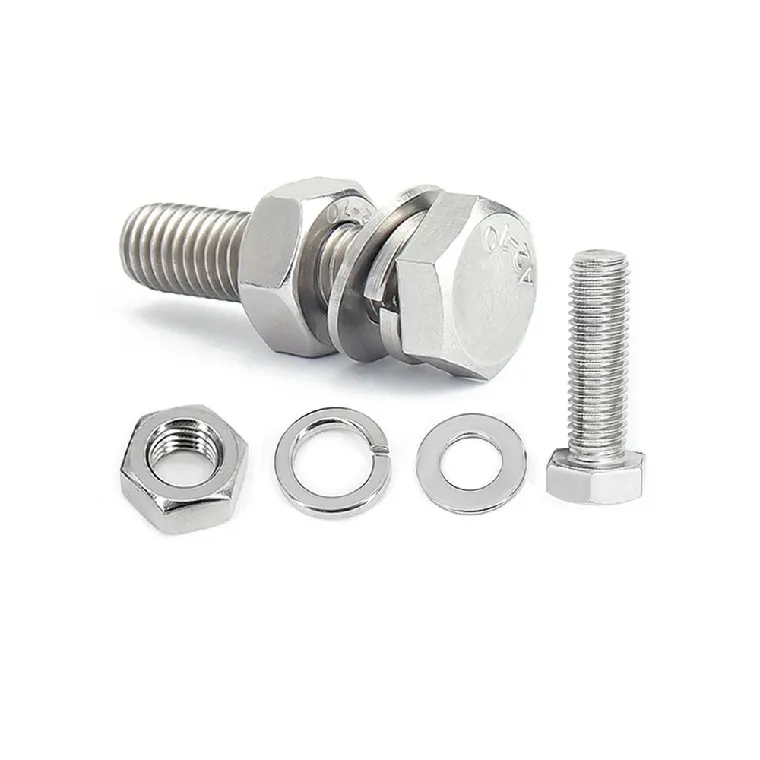
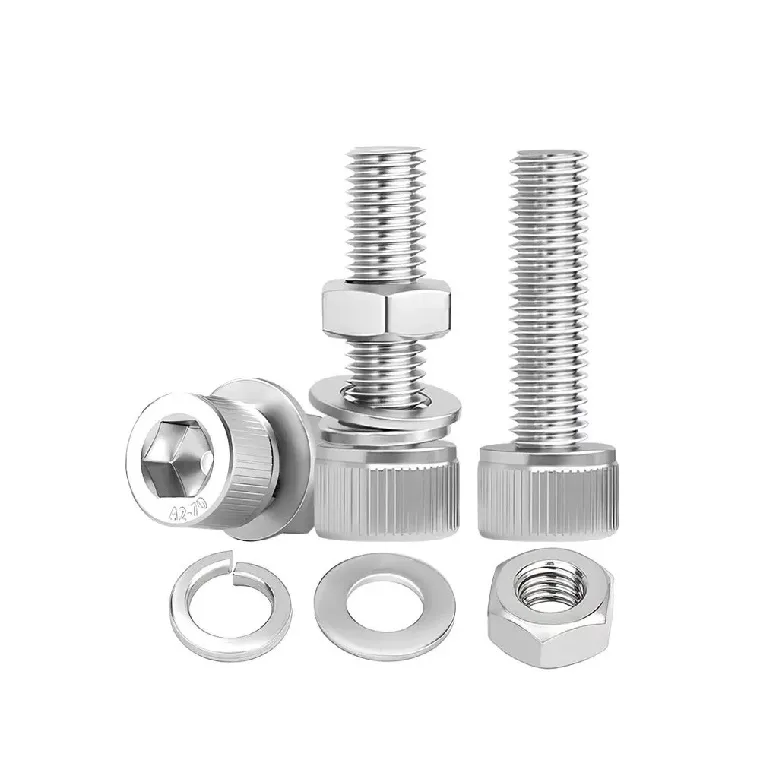
External Causes Of Stainless Steel Bolts Seizing
Failure to properly select the product Before use, you should first confirm that the mechanical properties of the product to meet the needs of the use (such as the tensile strength of the screw and the safety load of the nut). In addition, the length of the screw should be selected appropriately, in order to tighten the nut exposed after one to two tooth distance shall prevail.
Roughness of the threads or foreign matter sticking If the welding point and other metal shavings caught in the threads, it will often lead to seizing.
Excessive force or too fast installing speed Use torque spanners or socket spanners as much as possible, avoiding the use of activity spanners or electric spanners. Because electric spanners often lead to too fast installing speed, the temperature rises rapidly and seizing.
Wrong angle of force application The nut must be screwed perpendicular to the axis of the screw, never at an angle.
Failure to use a stainless steel washer The use of a washer/retaining ring is effective in preventing over-tightening of the installing.
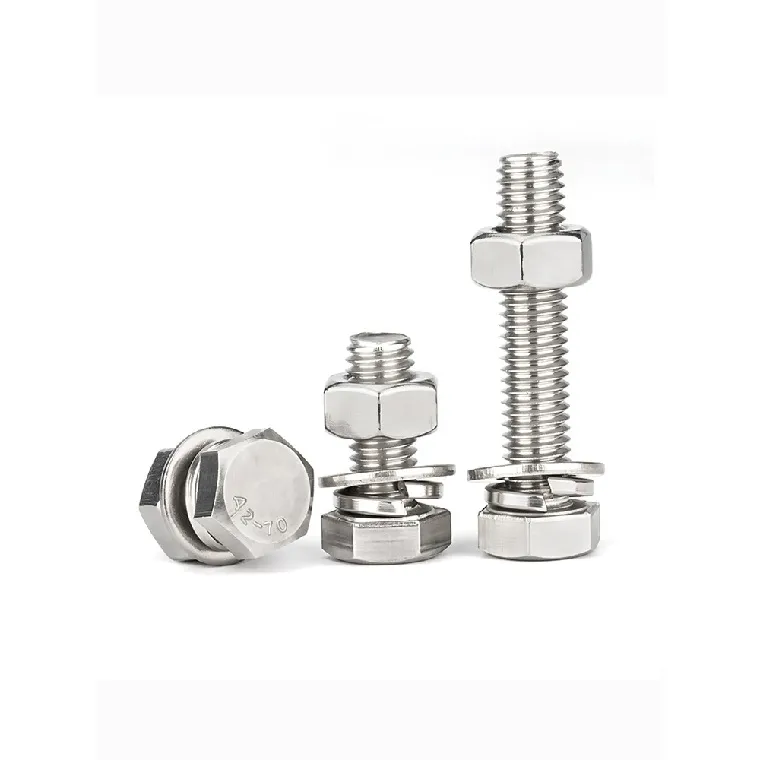
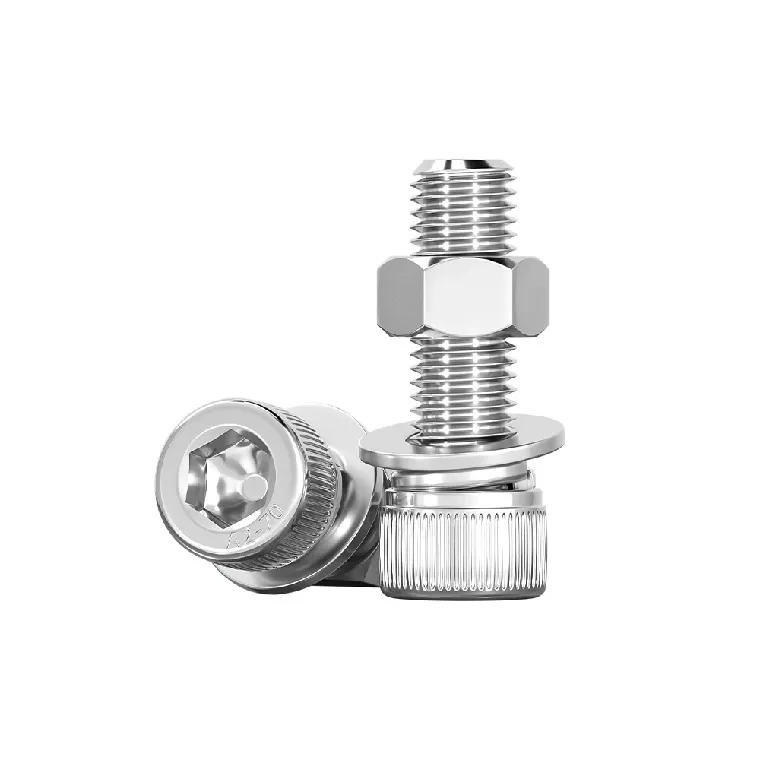
Stainless Steel Bolts Seizing Prevention
Because of the stainless steel bolts seizing will affect the progress of the project, especially when the construction on the expensive fittings, if the seizing situation occurs, the loss is greater. So we must prevent or reduce the occurrence of the galling.
Stainless steel bolts seizing prevention has a variety of methods, next I will introduce several common methods, and analyse their characteristics.
Stainless Steel Screw Lubrication
After the production of stainless steel screws, the last cleaning process is required, in order to prevent the bite situation, we will add a thread lubrication after cleaning.
The lubricant we generally use is GLEITMO 625, which is currently the best lubricant for stainless steel screws. It is applied by soaking and then drying. The lubricant is transparent, with strong adhesion and smooth threads after lubrication.
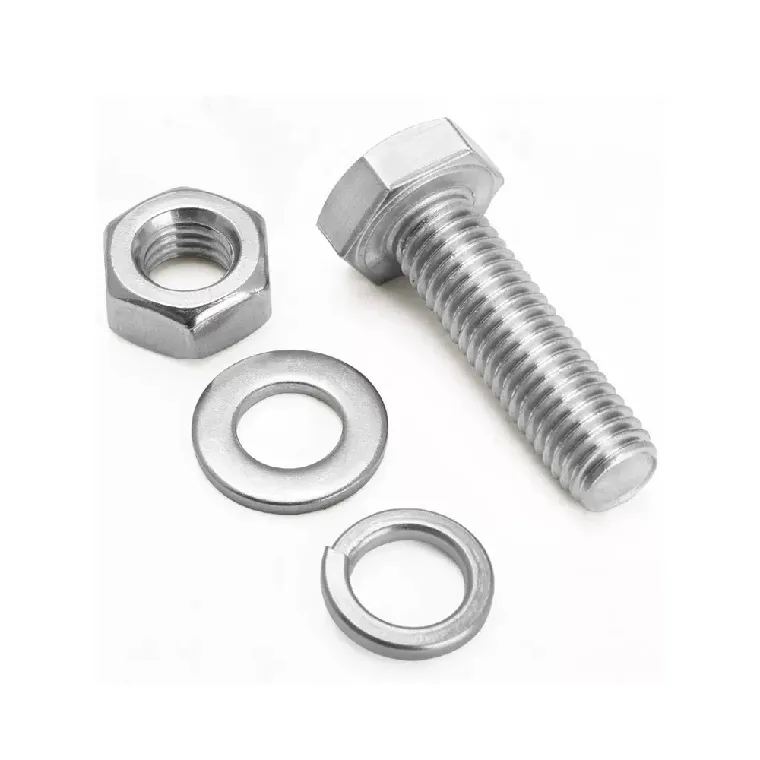
Nuts Of Different Material Grades
While the same material grade stainless steel bolts and nuts are used, especially the same heat number, the same batch of stainless steel raw materials production bolts and nuts, the probability of biting death occurs during installation is relatively high. So we need to avoid using the same batch of stainless steel raw material production bolts and nuts.
So our suggestion is to use 304 stainless steel bolts with 316 stainless steel nuts. Because considering the cost factor, the same specification 316 nut is much cheaper than 316 bolt.
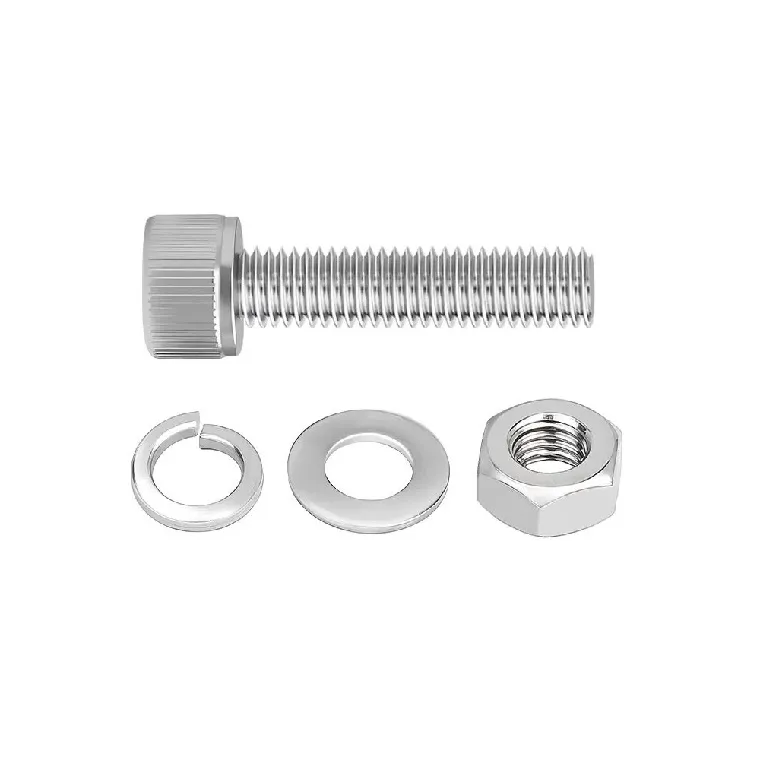
Adoption of Variable Thread
There is a wedge-shaped bevelled surface at the bottom of the teeth of the negative thread, when the bolts and nuts are tightened to each other, the tips of the bolts are tightly pressed against the wedge-shaped bevelled surface of the threads of the variable-thread type threads, which generates a great locking force.
And the thread contact area is small, the metal fusion will be much smaller, not easily appear gall phenomenon
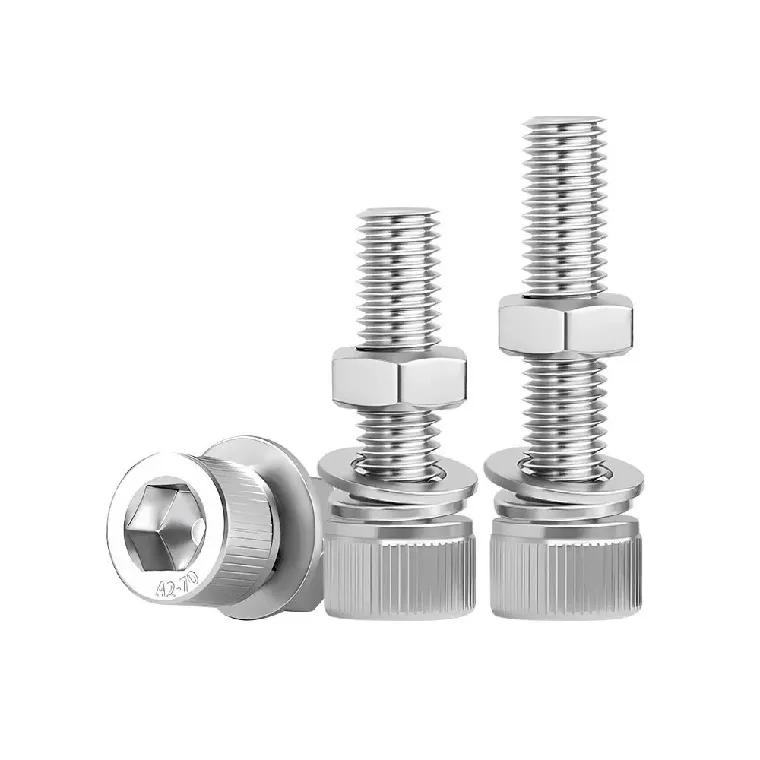
Installing The Nut At A Fixed Speed
Generally speaking, slowing down the speed of installing will drastically reduce (or even avoid altogether) the chance of locking up.
Because heat often occurs when installing up, the chance of installing up will increase as heat increases. When in use, installing stainless steel fasteners should be done at a lower rate than installing carbon steel.
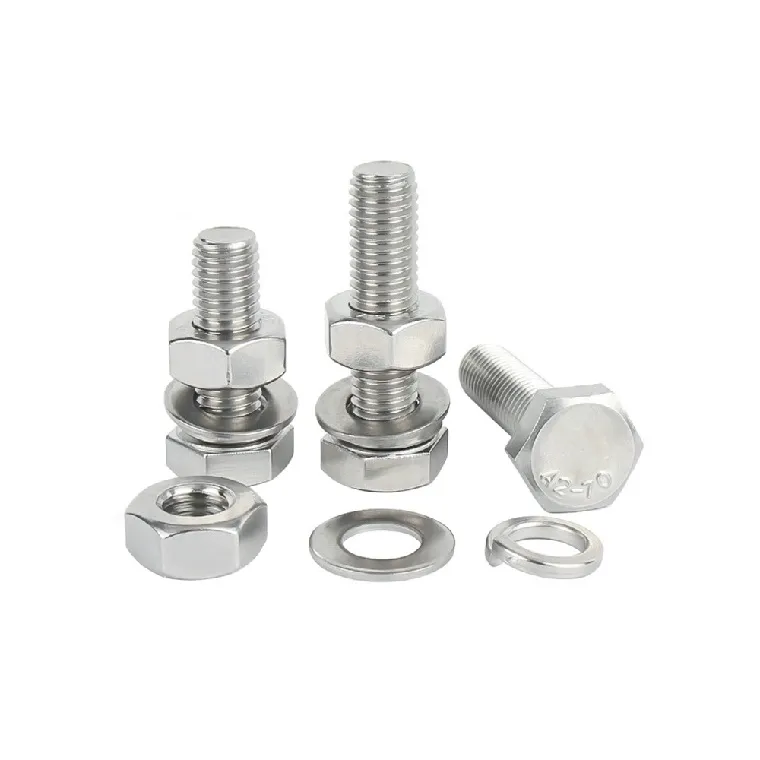
Stainless steel nuts and stainless steel bolts are assembled in a variety of situations that produce galling, so if you are in doubt, consult our stainless steel fastener experts and we will provide you with a solution in a timely manner.
Contact the Experts
- Ding Fasteners
- N0.52 Qinfen Rd, Haiyan Zhejiang China
- [email protected]
- +86-573-86221432

